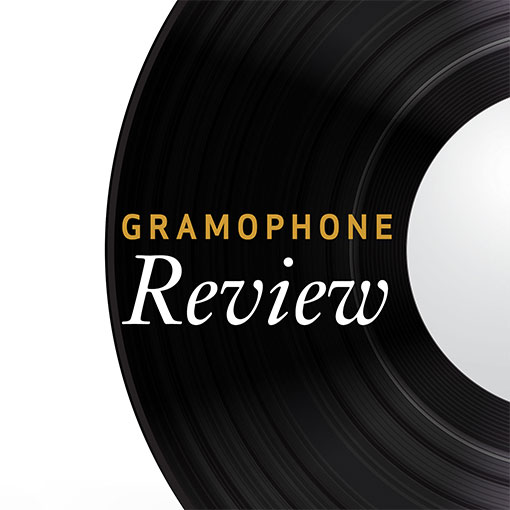Balada Piano Concerto No. 3; Concierto Magico
A contemporary Spanish voice that ably blends modernity and the past without compromise
View record and artist detailsRecord and Artist Details
Composer or Director: Leonardo Balada
Label: Naxos
Magazine Review Date: 11/2001
Media Format: CD or Download
Media Runtime: 70
Catalogue Number: 8 555039

Tracks:
| Composition | Artist Credit |
|---|---|
| Concerto for Piano and Orchestra No. 3 |
Leonardo Balada, Composer
Barcelona Symphony Orchestra José Serebrier, Conductor Leonardo Balada, Composer Rosa Torres-Pardo, Piano |
| Concierto Mágico |
Leonardo Balada, Composer
Barcelona Symphony Orchestra Elliot Fisk, Guitar José Serebrier, Conductor Leonardo Balada, Composer |
| Music for Flute and Orchestra |
Leonardo Balada, Composer
Barcelona Symphony Orchestra José Serebrier, Conductor Leonardo Balada, Composer Magdalena Martínez, Flute |
Author:
The booklet cover picture of Gaudí’s cathedral is apt. Leonardo Balada was born in 1933 in Barcelona‚ where he graduated before studying in New York; he is now established as professor of composition at the Carnegie Mellon University in Pittsburgh. If proof were required that significant Spanish‚ postRodrigo compositional life exists‚ and that it is influenced by‚ though not obsessed with‚ Spain’s past‚ Balada would suffice to provide it. There are folkmusical elements in all three concertos‚ variously juxtaposed and contrasted with overtly ‘modern’ passages. The Concierto mágico marked the end of his first period in which the modernity remained rooted in harmonic and rhythmic tradition‚ whilst the other two (later) concertos go much further along the 20thcentury road. The leaps or drifts from traditional to later (and vice versa) are made in such a way that they sound natural rather than jolting.
In the Piano Concerto the first movement draws on the elements of the paso doble (a feature of bullfights)‚ the second evokes the ‘mysteries of medieval music’ from Andalusia and North Africa. And the third is a jota from Aragon. Each movement of the Flute Concerto contains a Catalan folksong. In places the orchestra recreates ‘indigenous’ instrumental sounds – an organillo (a folk barrel organ) in the Piano Concerto‚ and Catalonian folk instruments in the Flute Concerto. Predictably‚ the guitar is at times asked to assume the mantle of its flamenco cousin and the orchestra helps by supplying the handclapping. All three works make demands‚ the heaviness of which the soloists give no hint.
Naxos is performing a valuable service by focusing on this most creative composer in this recording and in his previous one.
Discover the world's largest classical music catalogue with Presto Music.

Gramophone Digital Club
- Digital Edition
- Digital Archive
- Reviews Database
- Full website access
From £8.75 / month
Subscribe
Gramophone Full Club
- Print Edition
- Digital Edition
- Digital Archive
- Reviews Database
- Full website access
From £11.00 / month
Subscribe
If you are a library, university or other organisation that would be interested in an institutional subscription to Gramophone please click here for further information.





